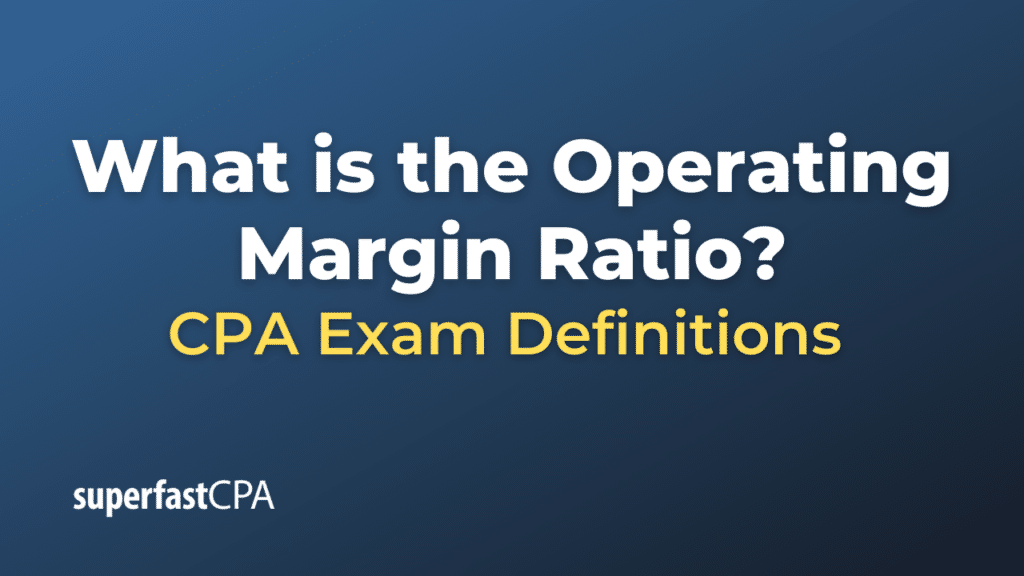Operating Margin Ratio
The Operating Margin Ratio, also known simply as the Operating Margin, is a financial metric that indicates the operational profitability of a company. It shows what proportion of a company’s revenue is left over after paying for variable costs of production such as wages, raw materials, etc.
The Operating Margin Ratio is calculated by dividing Operating Income (also known as Operating Profit) by Net Sales (or Revenue), usually expressed as a percentage. The formula is as follows:
Operating Margin Ratio = (Operating Income / Net Sales) * 100%
Here’s what each component means:
- Operating Income is the profit a company generates from its core operations. It’s calculated by subtracting Operating Expenses (like cost of goods sold, salaries, rent, etc.) from Gross Income.
- Net Sales refers to a company’s total sales minus discounts, returns, and allowances.
The Operating Margin Ratio shows how efficiently a company can convert revenue into profit. A high operating margin ratio suggests that a company can generate more profit from each dollar of revenue and has better control over its costs. Conversely, a low operating margin ratio may indicate that a company is less efficient at turning revenue into profit.
It’s important to note that the ‘acceptable’ operating margin ratio can vary widely from industry to industry, so it’s most useful to compare this ratio among companies within the same industry. Similarly, tracking changes in a company’s operating margin over time can give valuable insights into the company’s operational efficiency and pricing strategy.
Example of the Operating Margin Ratio
Imagine a tech company, TechXYZ, with the following financials for the year:
- Net Sales (Revenue): $500,000
- Operating Expenses (including costs such as wages, raw materials, office rent, etc.): $350,000
First, we’ll need to calculate the Operating Income:
Operating Income = Net Sales – Operating Expenses
Operating Income = $500,000 – $350,000
Operating Income = $150,000
Now, we can calculate the Operating Margin Ratio:
Operating Margin Ratio = (Operating Income / Net Sales) * 100%
Operating Margin Ratio = ($150,000 / $500,000) * 100%
Operating Margin Ratio = 30%
So, TechXYZ has an operating margin ratio of 30%. This means that for every dollar of revenue, it makes 30 cents in profit before interest and taxes.
A 30% operating margin ratio would generally be considered quite good, but to evaluate it more accurately, you would need to compare it with other similar companies in the tech industry. For instance, if the average operating margin ratio in the industry is 25%, TechXYZ is doing better than its peers at converting revenue into profit. Conversely, if the industry average is 35%, TechXYZ may have room to improve its operational efficiency or pricing strategy.
Also, comparing this ratio over time can provide insights into whether the company’s operational efficiency is improving or declining.














